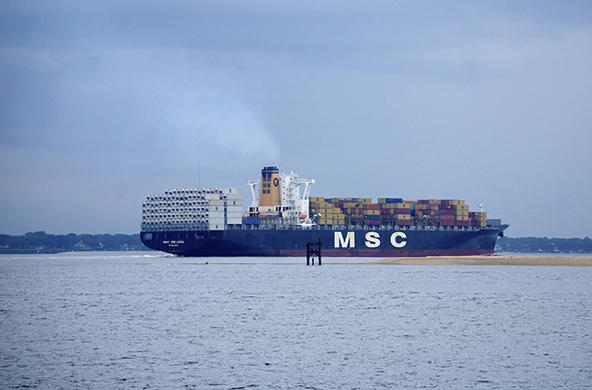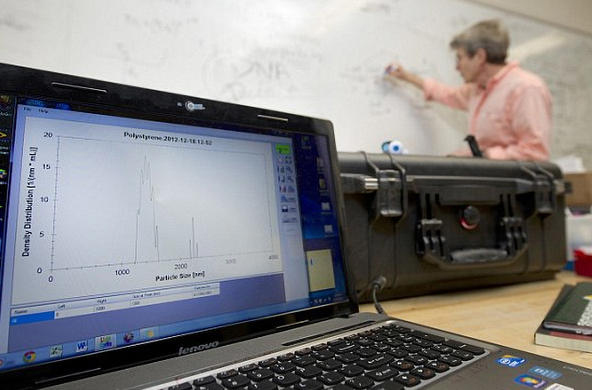Conservation Magazine reports on a study by Dr. Kathie Weathers and colleagues on how polluted streams contribute to airborne bacteria.
"A heavily-polluted site in New York has unusually high levels of airborne bacteria, presenting a potential danger to public health, researchers have found.
Past work has shown that cities have more airborne bacteria than the countryside, and the species vary depending on the location. Bubbles at water surfaces can release microbe-loaded aerosols, which then get blown onto land. Since sewage discharge often contains bacterial pathogens, people living near waterways and in coastal areas run the risk of infection.
The researchers studied the Superfund site Newtown Creek, a Hudson River Estuary tributary that has been plagued by untreated sewage and industrial waste. The surface waters often contain high levels of bacteria, and the team wondered if airborne bug levels were above normal as well."
Referenced Journal Article: Local Environmental Pollution Strongly Influences Culturable Bacterial Aerosols at an Urban Aquatic Superfund Site






